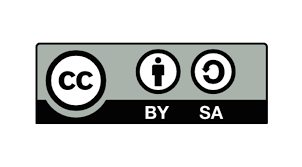Delicate Patterns of Colligations: A Corpus-based Study of Prepositions
Keywords:
colligation, preposition, grammatical pattern, native language, corpus basedAbstract
The term colligation evidently highlights syntagmatic patterns of language. Basically, it
investigates grammatical attractions between different lexical items based on their
grammatical category (Firth, 1968) while concept collocation only discusses the lexical
attraction between different lexicons. The aim of this study is to find out different
colligations patterns of preposition: to, in and into in native corpus of English language;
LOCNESS. A quantitative approach has been underpinned in present study to find out
grammatical patterns and their distribution. Benson et al. (1986) identified eight different
grammatical collocations (colligations) in which the patterns G1, G5, and G8 particularly
discussed distinctive colligation patterns of preposition. So, researcher follows this
framework and tries to identify different colligation patterns of selected words to, in and
into as preposition. For this purpose, corpus has been tagged by MAT tagger. The task of
identification of different kind colligation patterns of selected words has been
accomplished by corpus analysis toolkit AntConc 3.4 4. The findings notify us about the
distribution of different kinds of colligation/grammatical patterns and their delicate
offshoots. These colligations can be helpful for pedagogical purpose to teach ESL pupils
about grammatical patterns of words rather than only rely on cramming based learning
activities in the due to arbitrary nature of lexical collocations.



